As energy usage in the building construction sector accounts for a large proportion of the world’s overall energy consumption and greenhouse gas emissions, there is a demand to increase the energy efficiency of buildings. Concepts such as passive houses and zero-emission buildings are also being implemented in this regard. Thermal insulation of buildings is one of the most significant steps taken in this direction to meet the demands of increased energy efficiency of buildings.
To achieve the highest possible thermal resistance, new insulation materials and solutions with low thermal conductivity values have been developed. A material that withstood this challenge was Aerogel. Aerogel was thus discovered to overcome this challenge. Keeping this in mind, let us have a deeper look at everything regarding aerogel, including its purpose, uses, properties, benefits and drawbacks.
What is Aerogel?
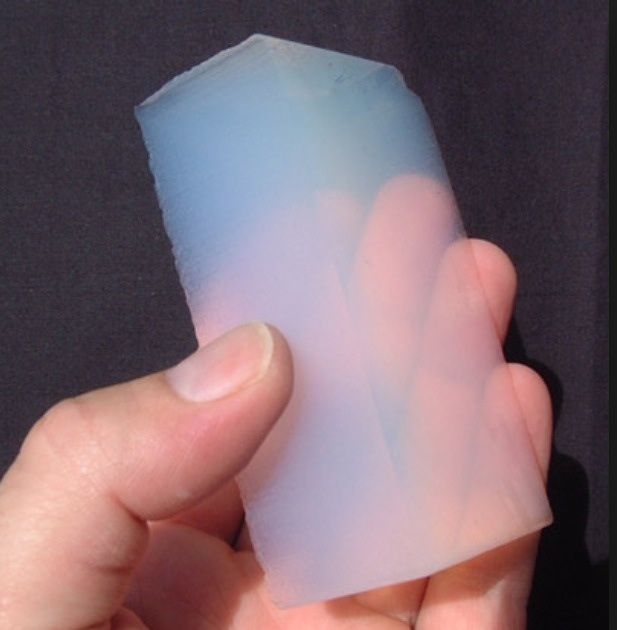
Aerogel is interestingly the world’s lightest solid, which also happens to be the least dense as well. It not only has the lowest density but at the prime advantageous end, it is also the best thermal insulator. Aerogel was developed way back in 1930s, but in the recent times it has found its way to the mainstream uses in the construction industry. Aerogel is a gel. In its making process liquid is replaced by gas without shrinking, leaving its molecular structure intact.
Aerogel is tough and sturdy in nature despite being composed of more than 98% air. Aerogel is a synthetic, ultra-light, and a porous material. It is also referred to as “Frozen smoke”.
Uses of Aerogel at Home
Buildings are responsible for 40% of total energy consumption and 36% of total Carbon dioxide emissions. Reducing energy consumed on heating and cooling buildings is an effective and helpful action against climate change. Reducing such energy loss demands better insulation in compliance with the new building codes.
The current solution relies on increasing the thickness of the insulation material itself, which ultimately leads to negative economic, architectural and environmental impacts. Here is where Aerogel technology steps in to provide more compact and high performance insulation materials and solutions.
With the help of Aerogel, a new super insulating material can be created by overcoming two major obstacles which have so far prevented a widespread use of silica Aerogel in the buildings and construction. These obstacles being – poor mechanical properties of aerogel combined with high cost associated with its production and manufacturing.
Having provided you with this information, we are sure that now you know what aerogel is and what are its home based uses. So now let us have a look at the various benefits of aerogel.
Advantages of Aerogel Insulation
01. Aerogels are Flexible:
Aerogel insulation products are extremely flexible. They come in various forms such as Aerogel concrete, Aerogel sheets, and Aerogel blankets. They are supplied in rolls, which are available in various sizes and dimensions. Additionally, they can be also easily cut into desirable shapes and sizes.
They can be applied to any surfaces like walls, roof, floor etc. thereby reducing the complexity in the management of inventory. The best part is, they are also easy to produce.
02. Use of Organic Binders is not Necessary:
The main function of the binders is to hold all the fibrous elements together. When the temperature increases above 200 degree Celsius, these binders tend to break down resulting in the fibres to come out loose. This kind of situation can often be witnessed in buildings where the external claddings are removed during maintenance. During this time, the fibrous insulation starts to sag towards the bottom making it unfit for further use.
This needs to be noted that there is no necessity of an organic binder in case of Aerogel insulation. This ultimately results in keeping the structure thermally and physically stable, even at higher temperatures.
03. Aerogels are Breathable and Hydrophobic in Nature:
Most of the thermal insulation systems available in the market such as fibre glass, polystyrene, mineral wool etc. tend to absorb water and retain it. This eventually makes them prone to Corrosion Under Insulation (CUI). CUI is caused when the wet insulation comes in contact with any metal surfaces. Such mishaps can easily be avoided by using Aerogel since Aerogel is hydrophobic in nature. Functionally speaking, Aerogel prevents water and moisture from penetrating into the insulation system through gaps and leaks.
Furthermore, Aerogel insulation is also breathable in any form. This breathable nature of Aerogel insulation allows the water vapour to pass through it when the walls or equipment gets heated up.
04. Aerogels possess the lowest K-Value:
K value is nothing but the thermal conductivity of a material. Any material has better insulation if its K value is low. Thus, it can be said that lower the K Value, better the insulation. Aerogel insulation systems have the lowest K value, allowing them to possess a very thin profile as per the requirement.
This particular property makes Aerogel insulation even more desirable for space constrained areas. Additionally, low weight of the insulation system also adds up to the additional savings in material, warehousing and logistics.
Every material has advantages and disadvantages associated with it. Just that we went through the advantageous side, let us also have a look at the flip end of aerogel i.e. disadvantages of aerogel:
Disadvantages/Limitations of Aerogel Insulation
01. They are slightly more expensive in comparison to the other insulating systems.
02. Aerogel insulation is designed to withstand a temperature up to 650 degree Celsius. Anything higher than that will require another suitable type of insulation.
Properties of Aerogel
01. One of the best properties of aerogel is insulation. It provides 39 times more insulation than the best fiberglass insulation.
02. Aerogels hold records for having the lowest bulk density of any material available. The bulk density of aerogel is as low as 0011 g cm-3.
03. The excellent thermal conductivity properties of aerogel are due to its unique structure. It has low thermal conductivity of about 005 W/mk to 0.016 W/mk.
04. The tortuous and porous path of the aerogel structure makes it very difficult for the heat conduction, either through the solid or through gas to penetrate from one side of the aerogel to another.
05. Due to its high porosity, Aerogel has excellent physical, thermal, and acoustical properties which gives it an edge above the other conventional insulation materials.
06. It is hydrophilic in nature.
07. It does not react with any metal up to a temperature of 950o C.
Properties of Aerogel that make it useful at home:
01. Although Aerogel is a superb thermal insulator, it is also very brittle limiting its practical applications. Thus, in order to overcome this limitation, Aerogel is embedded into a fibrous mat like structure in order to achieve a combination of excellent thermal performance and robust flexibility.
02. The thermal conductivity of 0.015 W/m.K. makes it amongst the best thermal insulations in use today which when combined with its high vapour permeability of approximately 0.05m, makes it ideal for refurbishments.
03. It is also hydrophobic, which means it repels water or rather any liquid.
04. Aerogel insulation blanket does not contain any blowing agents, resulting in not releasing any harmful gases into the building over time.
05. It has been found through extensive testing that the performance of Aerogel also does not degrade or get affected for a period of 50 years or more.
Application of Aerogel Insulation for Sustainable Building Construction
When we talk about insulating buildings, we usually talk about U-value. U-Value indicates the rate of heat loss through building elements such as walls, roofs, windows and doors. The lower the value, the slower the heat generated by the heating systems that can escape from the buildings and less energy input will be needed to maintain a comfortable internal temperature.
Modern and newly built homes typically have a U-value of around 0.2 W/m2k. Whereas older buildings with solid walls have a U-Value of 2.0 W/m2k. Consequently, poor thermal insulation can result in a variety of problems. Thus, upgrading such home is not only important but it must be a priority rather.
01. Aerogel Application on Walls

The weak points from where the heat escapes mostly in a building are to be found on the exterior walls. The walls tend to absorb the heat, and they cannot store the heating energy on a lasting basis. This results in the escaping of heat through the walls to the outside environment.
Aerogel insulation on the outer walls prevents heat from escaping into outside environment. Aerogel blankets or sheets can be used to insulate the exterior as well as the interior of the walls. Aerogel provides a one stop solution to thermal insulation on walls having moisture issues. Due to its moisture resistance property, it also makes a perfect choice for damp walls.
02. Aerogel Application on Roof
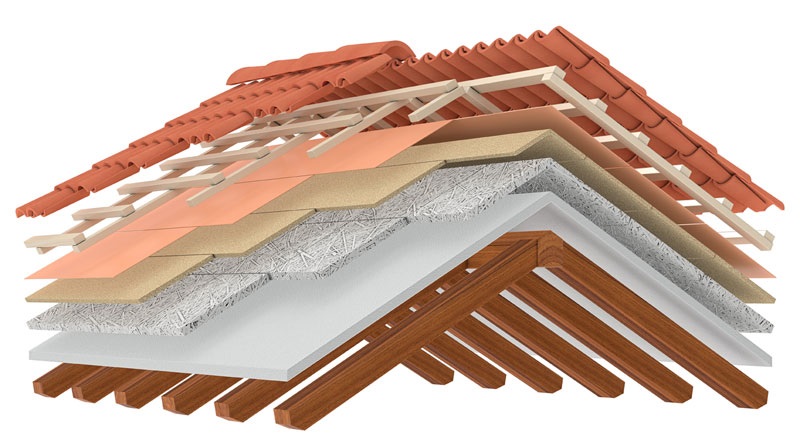
The house may lose up to 25% of its heat through uninsulated or poorly insulated roofing. This major loss of heat energy can be reduced substantially by means of high quality thermal insulation measures. The main function of an insulation layer in the roof is providing warms in winter and cools in summer. Such insulation also needs to save energy, reduce Co2 emissions, and protect the house from structural damage.
Aerogel insulation can fulfil all these requirements by insulating the roof cavities. This is achieved by applying thin layers strips of Aerogel onto the roof.
03. Aerogel Application on Frame of Door and Window
In a typical building, the frames of doors and windows occupies up to 25% of the building envelope. If these frames are left un-insulated, it can result in great heat loss through the studs. Hence, insulating all the frames of a house can stop this thermal bridging and improve the thermal performance up to 40 percentage.
The hydrophobic properties of Aerogel insulation provide an additional barrier to water by sealing tightly the door and window frames. This also limits or reduces the loss of heat which is associated with the leakage of air.
04. Aerogel Application on Floor
The thermal efficiency, high compression strength combined with a thin profile makes Aerogel insulation an attractive underfloor insulating layer. The installation is easy and fast under the floor applications, and this can be done without disturbing the door fittings.
Additionally, it is also a great cost effective solution for the renovation of basements. Aerogel insulation can be used with radiant floors to save energy and enable a faster heating cycle.
05. Aerogel Application on Highly Efficient Windows
Air leakage and cool bridging are the two most significant problems to overcome in case of highly efficient windows. Insulation is equally important in case of windows as well. For example, if aerogel insulation is applied only to the surface of the wall but omitted from the reveals, it can decrease the temperature of the windows and reveals.
However, the decrease in temperature leads to higher condensation risks in these areas. Hence, it is necessary to add at least a minimal amount of insulation in the window reveal area. It will increase the temperature enough to mitigate the risk of condensation.
Aerogel Products Used in Homes
01. Aerogel Granules
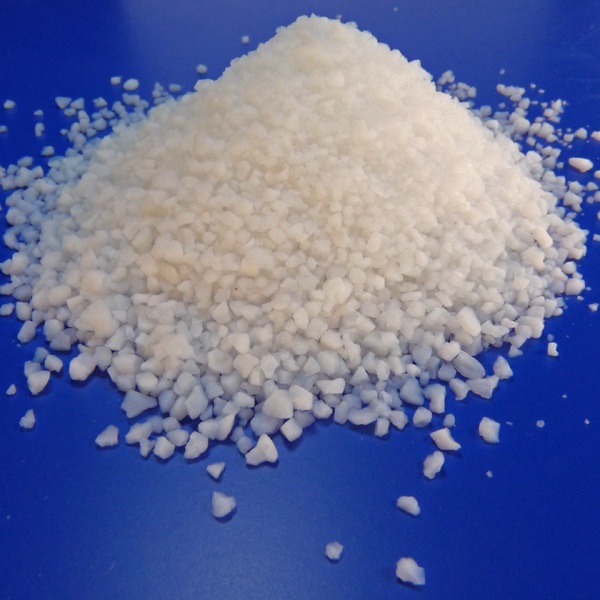
Aerogel Granules
Aerogel insulation can be achieved with the help of Aerogel granules. Cavities in double walls can simply be filled with these loose granulates of aerogel to provide thermal insulation. Aerogel Granules possess the thermal conductivity of about 19 mW/ (m.K). This product allows for a renovation without the disruption of any building component. However, appropriate filling methods must be incorporated to achieve thermal insulation in order to avoid the production of dust, which can easily escape through small cracks.
02. Aerogel Blankets
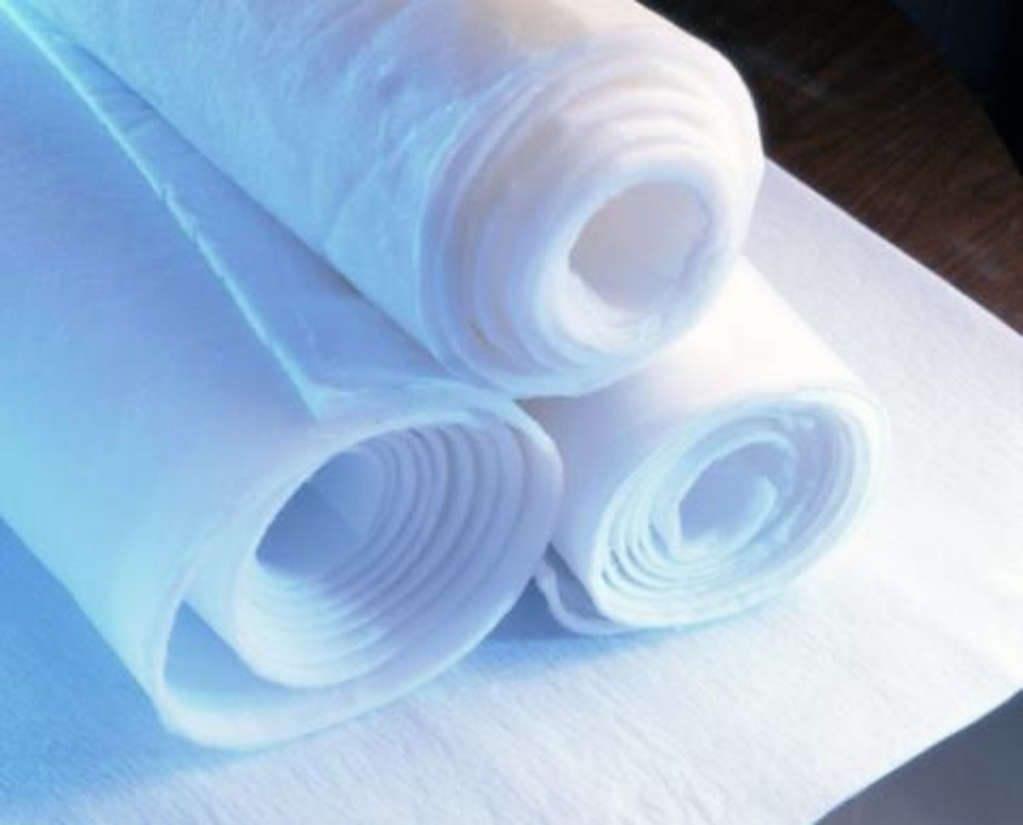
Aerogel Blankets
Aerogel blankets will achieve up to 60% reduction in heat loss. They are exceptionally low in insulation and the heat transfer takes place at the rate of 0.018 W/m.K. Aerogel blankets are most suitable for the insulation of internal walls. They are breathable and can also be applied on uneven surfaces. The thermal conductivity of Aerogel blankets is up to 15 mW/ (m.K).
They also possess excellent fire resistant properties. They are classified as A2 for their fire behaviour. Aerogel blankets are used for thermal bridging and window reveals. They are also used for water pipe insulation and solar thermal pipe insulation.
03. Aerogel Boards
Aerogel boards are quite similar to Aerogel blankets, except for the fact that they are more rigid and have more thickness as compared to aerogel blankets. They are basically made by gluing several layers of Aerogel blankets/sheets together. They are also made by binding granulates of aerogel into boards with the help of lamination.
Since there are several layers of Aerogels blankets involved, the thermal conductivity is also as high as 16 to 19 mW/ (m.K). They are best suitable for the insulation of interior walls.
04. Aerogel Panels
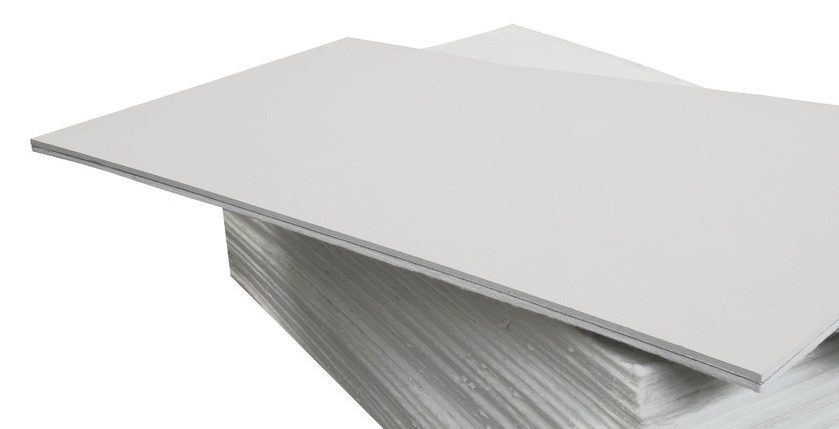
Aerogel Panels
Aerogel granulate filling is sandwiched between two translucent or transparent panes to form an Aerogel translucent panel. The panels can either be made of plastic or glass. The translucent panels are tightly sealed on both the sides to avoid dust from entering it. The thermal conductivity of Aerogel translucent panels is about 19 mW/ (m.K). Since the thermal conductivity is already high, the U value of the panels is kept relatively low.
The main highlight of this product is, it combines the high thermal insulation property with the transmission of diffused light.
05. Aerogel Concrete
Aerogel Concrete is an ultra-light weight concrete system which consists of Aerogel granules or powder as its main component. The main objective of producing Aerogel concrete is to combine the high strength property of concrete and great thermal insulation of Aerogel.
Aerogel concrete achieves high compressive strength along with comparable thermal conductivities, making it suitable for the construction of exterior walls of multi storey buildings without any further insulation. It is a cost effective solution and easy to handle.
Price of Aerogel Insulation
The Aerogel insulation is quite expensive. Although the increase in its production is gradually bringing down its price. However, in today’s market Aerogel Blankets costs approximately somewhere between 1500/- to 3000/- per square meter. Well, the price may vary depending upon the company as well as the product specification.
Aerogel Insulation Suppliers in India
Some of the top manufacturers and suppliers of Aerogel insulations are as follows:
01. Aerogel Insulation India Private Limited – Vadodara, Gujarat
02. JLM Oil & Gas LLP ( JLM LLP ) – Mumbai, India
03. PBM Insulations Pvt. Ltd – Uttar Pradesh, India
Conclusion
Aerogel has a very bright future in the world of insulators. Aerogel is a unique Nanoporous material that boasts two to eight times the insulation value for the same thickness of traditional insulation. In addition to that, it performs extremely well in both high temperature and cryogenic environments.
In spite of its extremely thin profile, Aerogel weighs less and allows for greater internal volume within tight spaces. Its hydrophobic quality gives Aerogel an outstanding resistance to moisture. It also displays excellent resistance to flame spread and smoke emission.
Above all Aerogel insulation is both user-friendly as well as recyclable/reusable.
You may also like the following blogs; please refer to the links below for details.
Cork Board: A Sustainable Material for your interiors!
Pervious Concrete – A Sustainable Choice in Construction
Image Courtesy: Image 2, Image 3, Image 4, Image 5, Image 6, Image 7
Author Bio
Arfa Falak – My name is Arfa Falak and I have my graduation in BE (civil). I live in Bangalore. I am an aspiring design Engineer.